Nestled in the heart of Bhubaneswar, the capital city of Odisha, lies a historical treasure waiting to be discovered. Udayagiri, which translates to "Sunrise Hill," is a complex of rock-cut caves that transports visitors to a bygone era of spirituality, artistry, and architectural brilliance. As the sun rises and casts its warm embrace over these ancient structures, one can't help but feel a deep connection to the rich history that dwells within.
Udayagiri, a cluster of 18 caves, stands as a testament to the mastery of rock-cut architecture during the 1st century BCE. These caves were once inhabited by monks and ascetics who sought solitude and spiritual enlightenment. The intricate carvings, sculpted facades, and inscriptions on the walls offer a window into the lives and beliefs of those who called these caves home.
As you explore the caves, each one seems to tell a story of its own. Cave 1, also known as the "Rani Gumpha," boasts a beautiful ornate doorway leading to a spacious courtyard. Its inscription-rich walls provide valuable insights into historical events. Cave 4, the "Alakapuri Gumpha," houses a colossal figure of Buddha in a teaching pose, surrounded by intricate reliefs depicting celestial beings.
Udayagiri's sculptures reflect the religious diversity of its inhabitants. From Buddhist symbols to Hindu deities, these rock-cut masterpieces showcase the assimilation of various spiritual ideologies during that era. The sculptures stand as silent witnesses to the cultural and religious harmony that once prevailed.
This cave is named after the life-sized elephant carving at its entrance. Inside, there are inscriptions and sculptures that highlight the generosity of a Jain king named Kharavela. The inscriptions provide valuable historical information about his reign.
Thanks to the efforts of conservationists and authorities, Udayagiri has been preserved for modern generations to appreciate. The site is now open to the public, allowing visitors to embark on a journey through time and culture. The pathways are well-maintained, ensuring a comfortable exploration of these ancient wonders.
As the soft golden light of sunrise bathes the carved facades of Udayagiri, one can't help but feel a sense of wonder. The cool breeze carries echoes of ancient chants and whispers of the past. Udayagiri is not just a historical site; it's an embodiment of the human spirit's quest for meaning and connection.
The type of sandstone found in these caves is locally known as "Khondalite." Khondalite is a unique rock formation found in the region of Odisha, India. It's a kind of metamorphic rock that is composed of various minerals, including quartz, feldspar, mica, and garnet.
Khondalite is characterized by its distinct layered structure and often exhibits a reddish to pinkish hue due to the presence of minerals like garnet. This type of sandstone is relatively soft and easy to carve, which makes it suitable for intricate sculptural work. The artisans who carved the Udayagiri Caves utilized the natural properties of Khondalite to create the intricate sculptures, reliefs, and inscriptions that adorn the cave walls and interiors.
The caves are adorned with intricate sculptures, reliefs, and inscriptions that depict various aspects of Jainism, including Tirthankaras (spiritual teachers), Yakshas, Yakshinis (guardian deities), and other mythological figures. The artwork also showcases the craftsmanship of the artisans of that era.
Several caves depict scenes of Jain monastic life, including meditating monks, ascetics engaged in spiritual practices, and various rituals. These carvings provide insights into the daily activities and practices of the Jain community.
Inside one of the caves, there's a carved image of Lord Ganesha, the elephant-headed deity of Hinduism. This inclusion reflects the religious tolerance and syncretism that was prevalent during that era.
Some of the caves feature carvings of nagas (serpent deities) and various snake-related motifs. Nagas were important figures in Indian mythology and were often associated with water bodies and fertility.
The Udayagiri Caves, along with the Khandagiri Caves, are protected by the Archaeological Survey of India (ASI) as important heritage sites. They attract both tourists and scholars interested in exploring the rich history and culture of ancient Odisha.
Here is an interesting cave carved out of rock which looks like lion Leopard face.
The caves are open to visitors and are easily accessible from Bhubaneswar. Exploring these caves provides a glimpse into the spiritual and artistic heritage of the region.
Many caves feature carvings of Yakshas and Yakshinis, which are guardian deities associated with Jainism. These divine beings are often depicted as powerful, larger-than-life figures with intricate details in their attire and accessories.
The Udayagiri Caves have inscriptions in Brahmi script, which provide valuable historical information about the ruling dynasties of ancient Odisha, as well as the activities and contributions of the Jain community during that time.
The caves were part of a larger monastic complex that included other structures like viharas (monastic residences), chaityas (prayer halls), and water tanks. The complex provided a complete environment for the monks' spiritual practices.
Udayagiri, a living canvas of history, continues to inspire awe and admiration. It stands as a testament to human creativity, faith, and the enduring impact of art on society. A visit to these rock-cut caves is not just a journey into the past, but a profound experience that allows us to embrace the legacy of our ancestors and the timeless beauty they left behind.
Surrounded by lush greenery, Udayagiri offers not only a glimpse into history but also a retreat into nature. The caves are set against the backdrop of verdant hills, creating a serene environment that invites visitors to reflect and rejuvenate.
Related Blogposts :


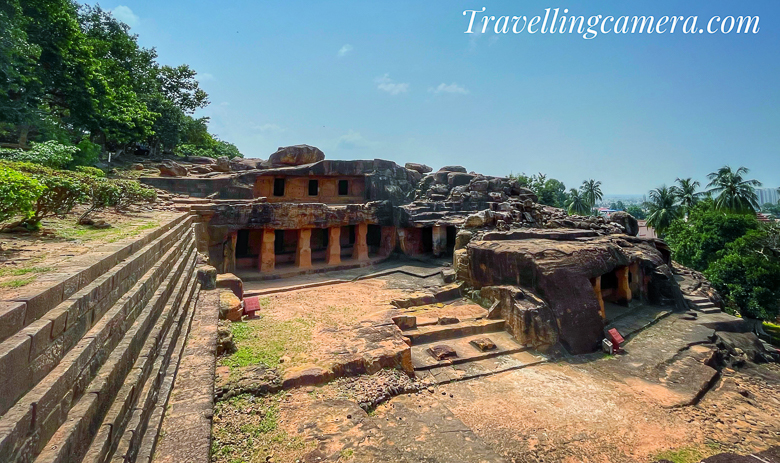
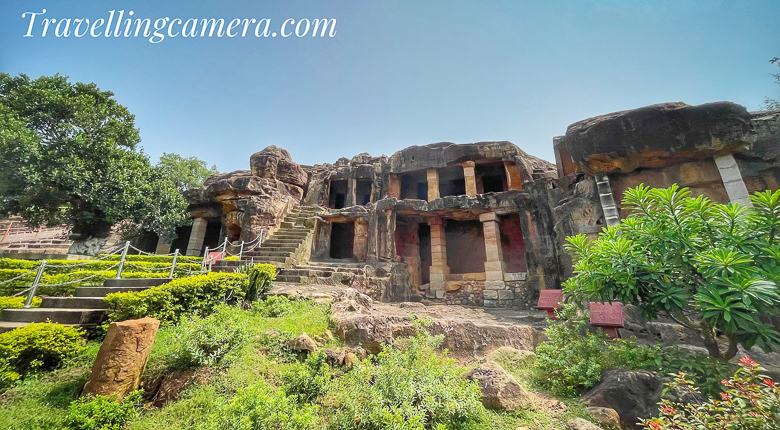

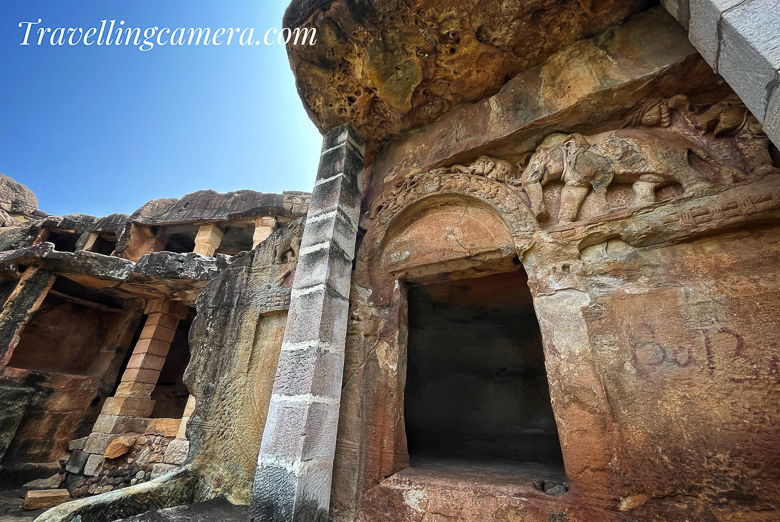
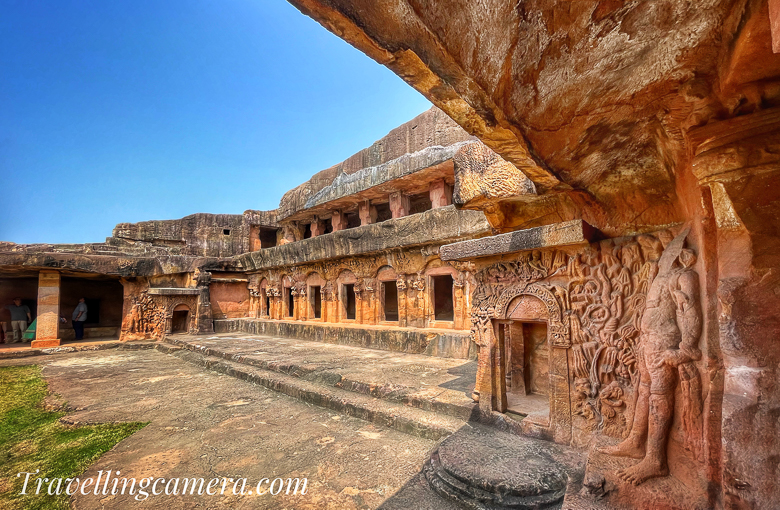




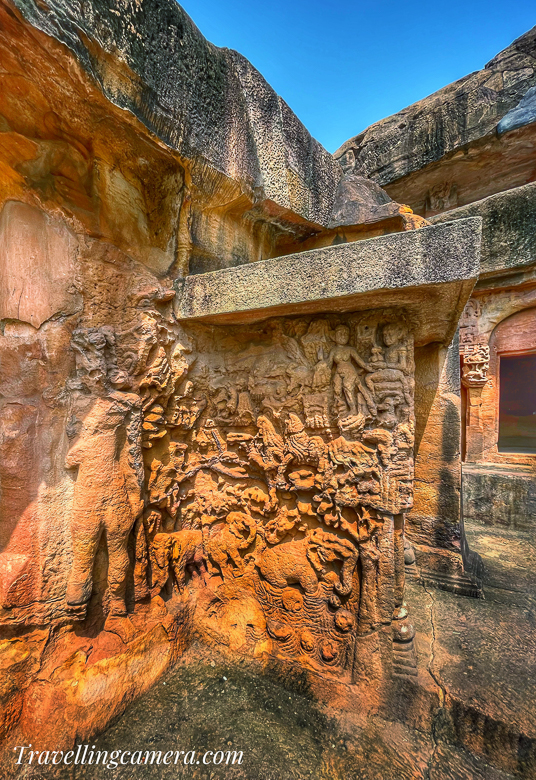
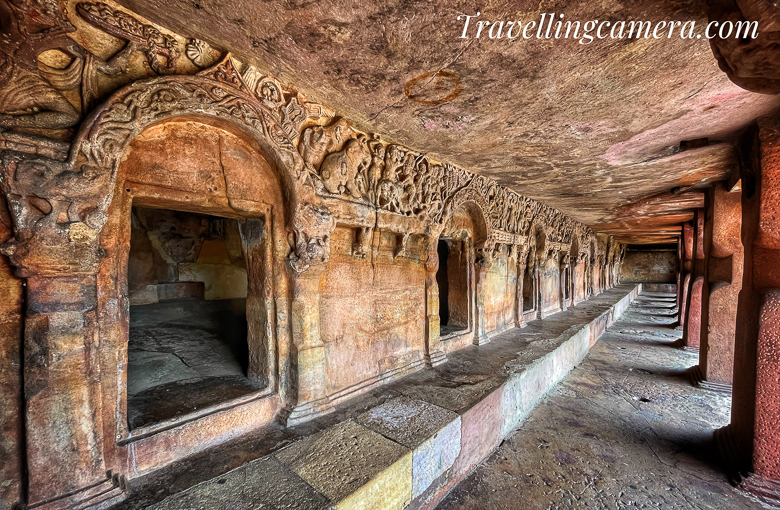

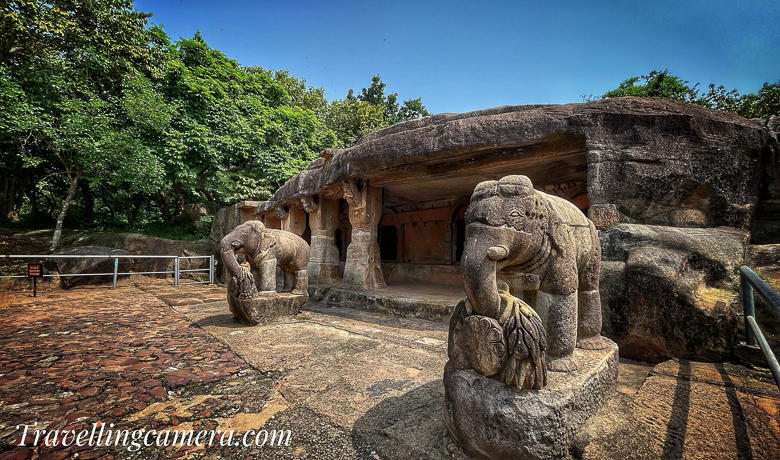

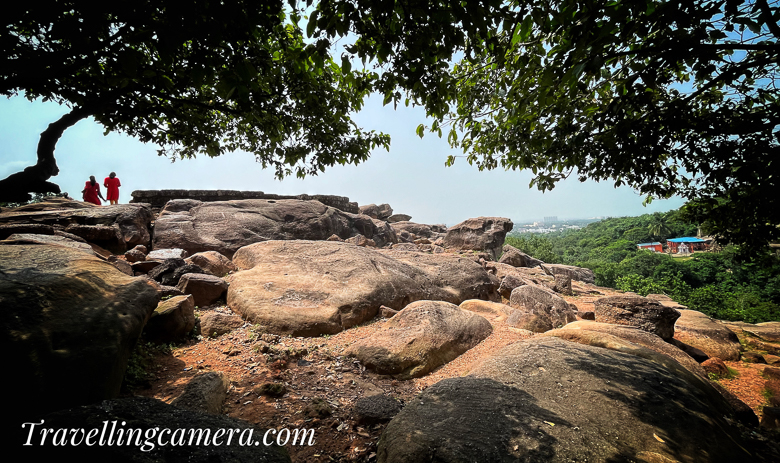

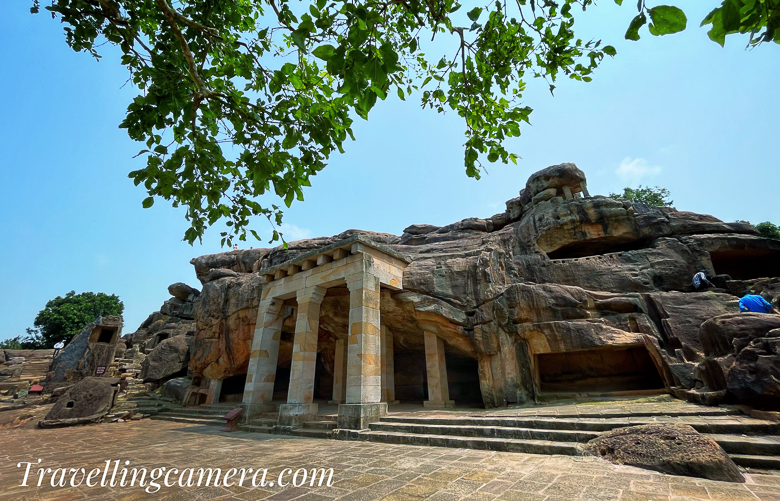

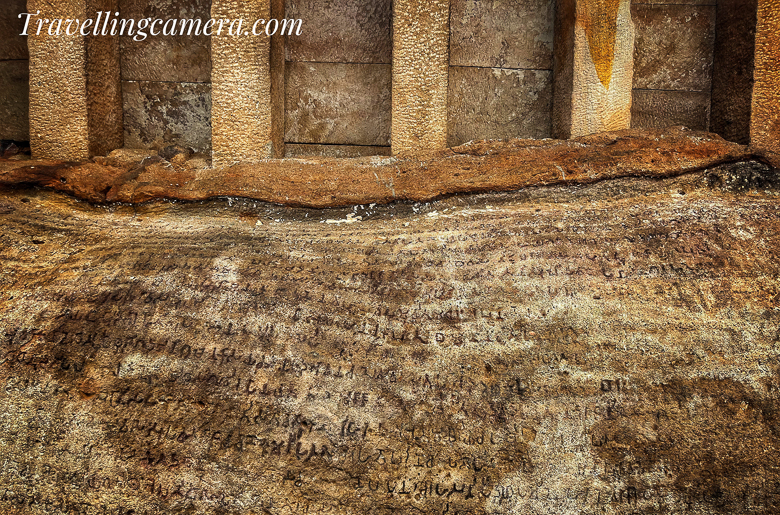
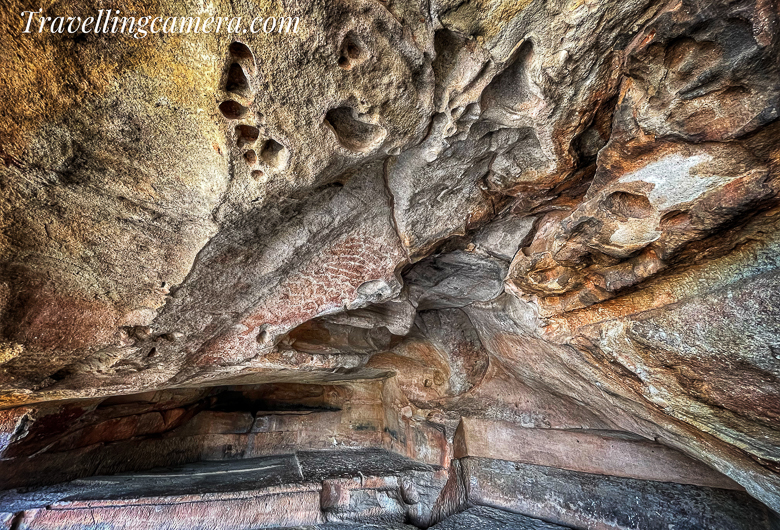
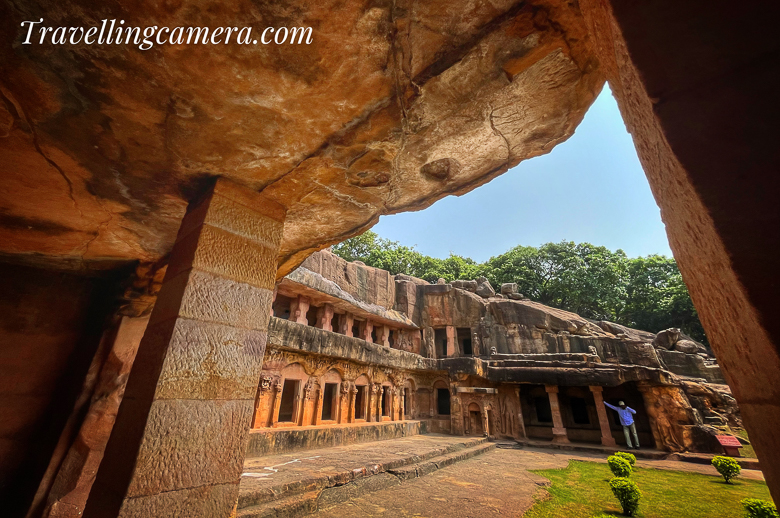





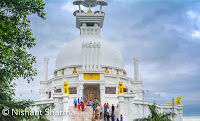




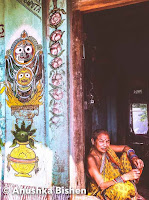

.jpg)
Comments